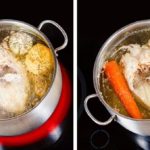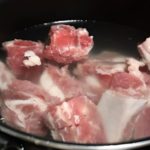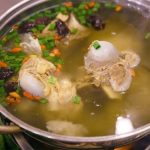Should you skim the foam when boiling bones, meat, and shrimp?
The answer is yes, you should skim the foam. During the process of simmering bones or boiling meat, a layer of foam will form from excess blood, impurities, and protein in the meat. This foam does not contain many nutrients and often has a gamey odor, which can make the dish smell unpleasant and cloud the broth.
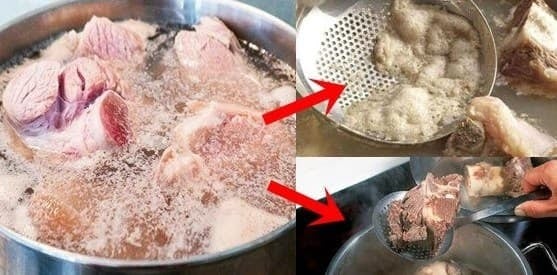
When boiling shrimp, it is also advisable to skim off the floating foam. This is particularly important because shrimp contain a compound called Astaxanthin. This compound has strong stability and will separate from the protein in the shrimp at high temperatures, resulting in the shrimp’s initial red color. Therefore, the foam that appears when boiling shrimp is mainly due to internal organ blood and some impurities from the shrimp shells and heads.
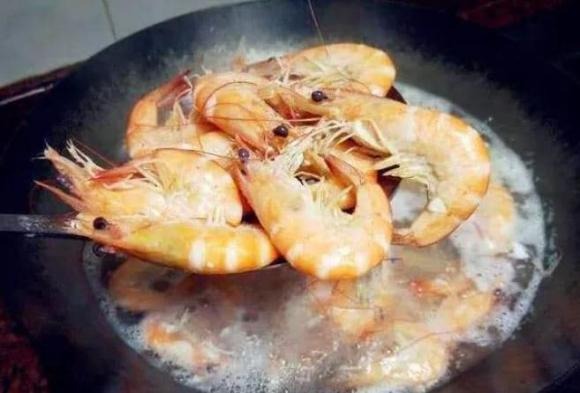
Here are the types of foam you should keep:
Coffee foam, fruit/vegetable juice foam: There are many components in coffee that can create foam, such as coffee crema and the coffee beans themselves can also create foam. For some types of coffee, foam is created by adding milk, such as cappuccino, latte…
Foam created when juicing fruits and vegetables is similar to foam in coffee, with many beneficial nutrients in fruit and vegetable juice foam that are not harmful to health.
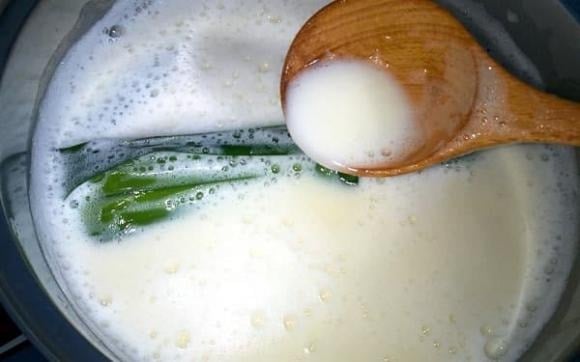
Soy milk foam: Studies have shown that saponins (the main component of the foam) have many biological effects such as regulating lipid metabolism, reducing cholesterol, antibacterial, anti-tumor, anti-thrombosis, immune regulation, and antioxidant.
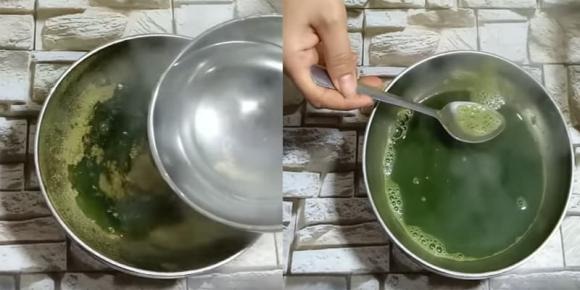
Tea foam: The main component of tea is saponin. Tea saponin is a type of saponin with strong foam-forming ability. According to current scientific research, saponins in tea can have antibacterial effects and may inhibit fat absorption, but the amount of saponin in tea foam is limited. Therefore, if you boil tea, don’t worry about the quality of the tea if there is foam in the tea.


























